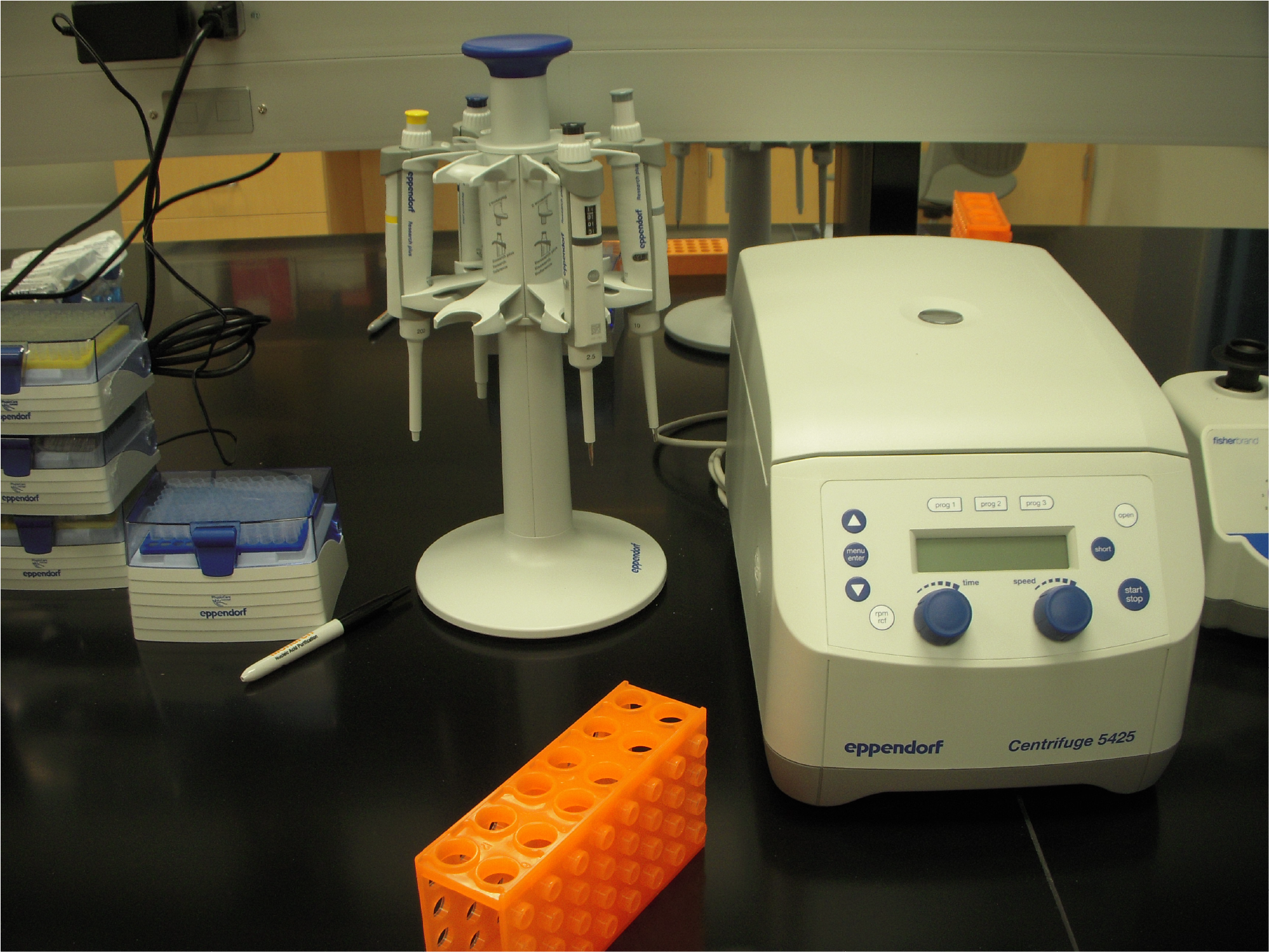1/15/2021 – We read Marinus et al.‘s publication on developing novel SHAPE reagents to probe cellular RNA structure and improve signal-to-noise ratio in structural data from the Incarnato lab. There are a variety of RNA secondary structure probes, but all have caveats. For example, dimethyl sulfate (DMS) is highly reactive and easily penetrates cell membranes, but it only reacts well with A and C nucleotides (and it is highly toxic!). Most sensitive chemical probes like 1M7 and NIA result in better structure information from all four bases, but do not easily penetrate cell membranes and require extensive effort to develop good signal from background noise. Marinus et al. address this problem by synthesizing additional reagents based on NIA. The best of the new reagents, 2-aminopyrimidine-3-carboxylic acid imidazolide (2A3), only differs from NIA by replacing a methyl group with an amino group. However, this subtle difference makes this molecule more reactive with RNA, dramatically improving the signal-to-noise ratio, and allows the molecule to penetrate cell membranes more effectively. I would have liked to see the comparison with 5NIA, which I have used in lab and can permeate some types of mammalian cells. However, I think an additional reagent that improves RNA secondary structure experimental data is extremely useful and hope to test it out soon!
Upcoming (1/22/2021) – We will discuss Yu et al.‘s publication suggesting that RNA structural intermediates may be recognized by RNA processing machinery and that the transitional landscape of folding should be considered for regulation and function. This paper was recently published from the Lucks lab.
